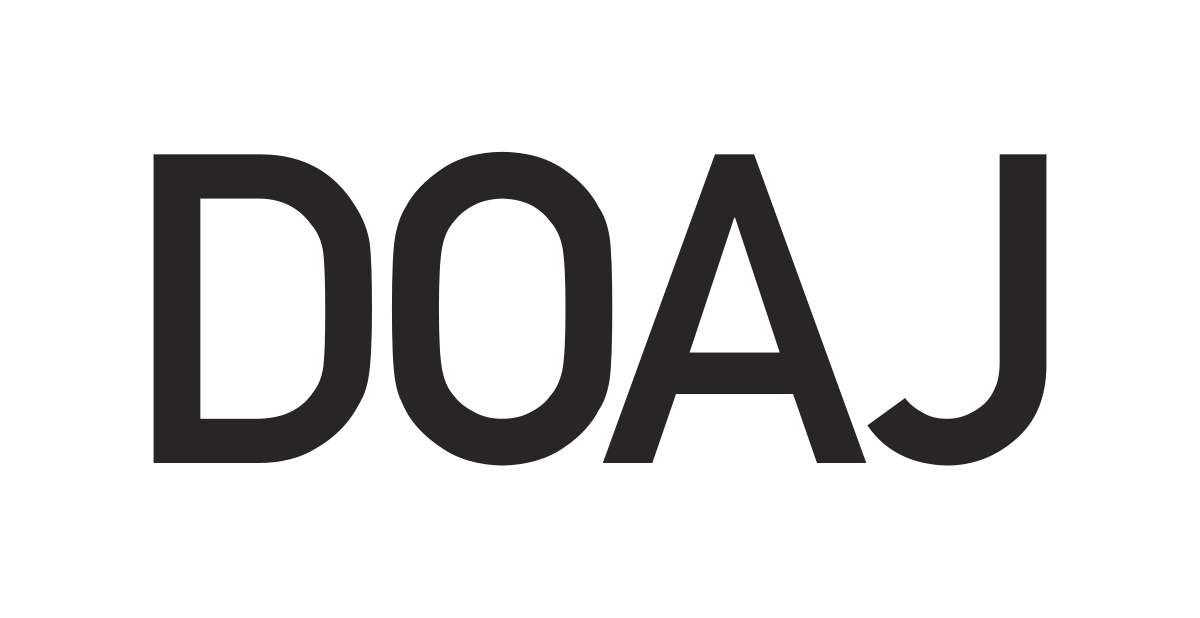Analisis Pengelompokan Peraturan Kementerian dengan Menggunakan K-Means Clustering
(1) Institut Teknologi Sepuluh Nopember
(2) Institut Teknologi Sepuluh Nopember
(3) Institut Teknologi Sepuluh Nopember
(4) Institut Teknologi Sepuluh Nopember
(5) Institut Teknologi Sepuluh Nopember
(*) Corresponding Author
Abstract
Keywords
Full Text:
PDFReferences
A. Budiarti dan S. Wahyuni, “HUBUNGAN TINGKAT PENERAPAN PERATURAN, LINGKUNGAN DAN FASILITAS DENGAN KONDISI BELAJAR DI ASRAMA AKBID WIRA HUSADA NUSANTARA MALANG,” BIOMED SCIENCE, vol. 5, pp. 1-6, 2017.
R. SARASWATI, “INDONESIA, PERKEMBANGAN PENGATURAN SUMBER HUKUM DAN TATA URUTAN PERATURAN PERUNDANG-UNDANGAN DI,” pp. 48-59, 28 Jan 2010.
M. Siahaan, “Uji Konstitusionalitas Peraturan Perundang-Undangan Negara Kita: Masalah dan Tantangan,” Jurnal Konstitusi, vol. 7, 2016.
N. I. Febianto dan N. D. Palasara, “Analisis Clustering K-Means Pada Data Informasi Kemiskinan Di Jawa Barat Tahun 2018,” SISFOKOM, vol. 8, 2019.
S. Khanmohammadi, N. Adibeig dan S. Shanehbandy, “An improved overlapping k-means clustering method for medical applications,” Expert Systems With Applications, vol. 67, pp. 12-18, 2016.
P. Sari, B. Pramono dan L. O. H. S. Sagala, “IMPROVE K-MEANS TERHADAP STATUS NILAI GIZI PADA BALITA,” semanTIK, vol. 3, pp. 143-148, 2017.
Jamal dan D. Yanto, “Analisis RFMdan Algoritma K-Means untuk Clustering Loyalitas Customer,” Jurnal ENERGY, vol. 9, 2019.
Y. She dan L. Zhang, “Study on Liver Visceral Manifestation of Huangdi’s Internal Classic of,” dalam International Conference on Economics, Business, Management and Corporate Social Responsibility , 2018.
INFORMATIKALOGI, “Algoritma K-Means Clustering,” 12 November 2016. [Online]. Available: https://informatikalogi.com/algoritma-k-means-clustering/. [Diakses 26 February 2020].
G. R. Styawan, A. A. Rayhan, R. A. Putri, N. I. Maghfirani dan N. A. Rakhmawati, “K-Means Clustering Peraturan Kementerian,” 8 March 2020. [Online]. Available: http://doi.org/10.5281/zenodo.3700738. [Diakses 8 March 2020].
Gustientiedina, M. H. Adiya dan Y. Desnelita, “Penerapan Algoritma K-Means Untuk Clustering Data Obat-Obatan Pada RSUD Pekanbaru,” Jurnal Nasional Teknologi dan SIstem Informasi, vol. 5, pp. 017-024, 2019.
A. Jamal, A. Handayani, A. A. Septiandri, E. Ripmiatin dan Y. Effendi, “Dimensionality Reduction using PCA and K-Means Clustering for Breast Cancer Prediction,” Jurnal Ilmiah Teknologi Informasi, vol. 9, 2018.
U. R. Raval dan C. Jani, “Implementing & Improvisation of K-means Clustering Algorithm,” International Journal of Computer Science and Mobile Computing, vol. 5, no. 5, pp. 191-203, 2016.
Towards Data Science, “K-means Clustering: Algorithm, Applications, Evaluation Methods, and Drawbacks,” 18 September 2018. [Online]. Available: https://towardsdatascience.com/k-means-clustering-algorithm-applications-evaluation-methods-and-drawbacks-aa03e644b48a. [Diakses 8 March 2020].
L. Li, “towards data science,” 31 May 2019. [Online]. Available: https://towardsdatascience.com/k-means-clustering-with-scikit-learn-6b47a369a83c. [Diakses 8 March 2020].
DOI: https://doi.org/10.32736/sisfokom.v9i2.817
Refbacks
- There are currently no refbacks.








